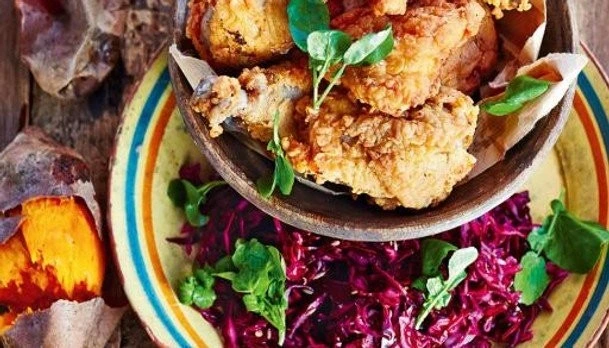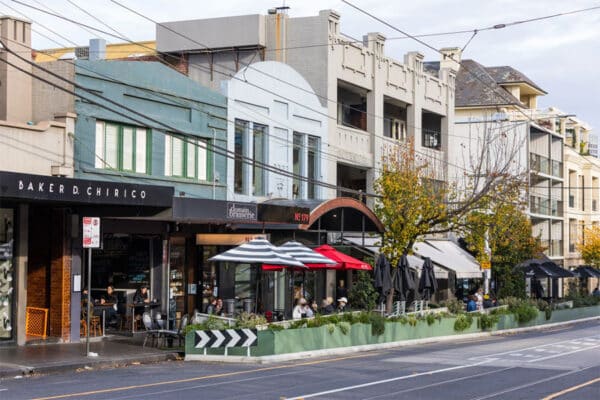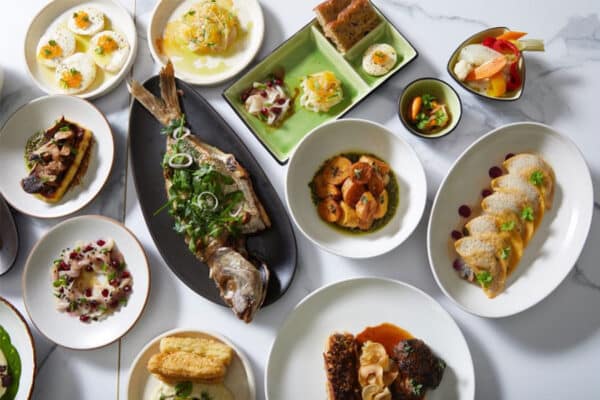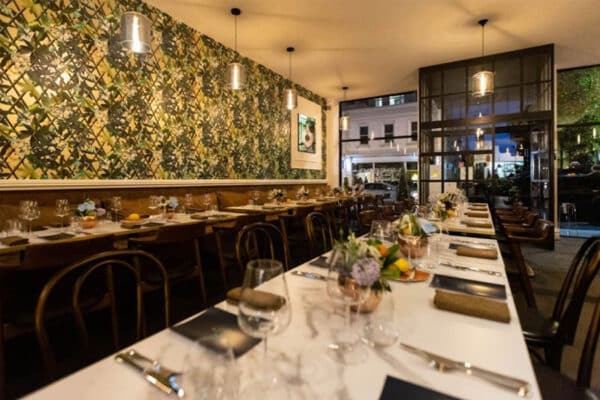Founder and managing director of The Cutting Edge Agency, Duncan Fraser-Smith, chats to Nancy Kruse, food futurist and trend expert and the president of The Kruse Company, about the growth of authenticity, her ‘better’ chicken’ prediction, and why coffee is set to be a hot ingredient (in cooked food, that is)
I am a food trend analyst and food futurist… which means that I monitor changes in consumption habits and behaviours, in the US predominantly, with the objective of assisting my clients – who are more often than not restaurateurs or readers interested in food – in understanding what consumers want right now and how their tastes are likely to change in the future.
I wish I could tell you that I laid out… a linear career path for myself, but that’s not the case. I have no background in the culinary arts — my university degrees are in the liberal arts — but in the course of my work with Technomic, a leading food-service consultancy based in Chicago, I began to notice changes in the restaurant environment. Greater emphasis was being placed on the food, as opposed to distribution, procurement or real estate issues that had preoccupied chain-restaurant management. I noticed the growing presence of white-jacketed chefs when I spoke at various conferences. It was clear to me that changes were afoot, and I took some culinary courses so that I could evaluate these shifts in the marketplace. Fifteen years ago I established my own business to track food and menu trends, and I consider it an honour to work in the industry. I am constantly humbled and delighted by its creativity and innovation.
The big food trends that I am seeing this year… include dramatically growing demand for foods considered to be real and authentic, two terms that are difficult to quantify but which have a very strong hold on diner expectations. I believe these trends will continue into the future, along with a growing demand for foods deemed ‘clean’ or ‘free-from’ – as in free from artificial ingredients, antibiotics and hormones. There’s been a significant backlash against processed foods and a true sea change in consumer expectations, which will have impact well into the future.
There is no magic to discovering… new trends. It comes from a combination of observation and analysis. It takes a quite a bit of time; I read menus from all types of restaurants, the foodservice trade press and the consumer press. I also scour the internet and I watch what turns up on television. I look for patterns, for the repeated mention of foods or flavours or prep techniques. I consider how well these emerging ‘hot-button’ items mesh with what consumers are looking for and what restaurateurs can deliver efficiently and profitably.
Trends are marketed, reached and followed by global masses… With the advent of globalisation, it seems to me that the doors have been thrown open to free exchange of foods and flavours on a worldwide level. Here in the US, it’s a two-way street, with American foods and brands – like hamburgers – moving outward across our borders. At the same time, there’s a tremendous, exciting influx of ingredients from the global kitchen reaching all corners of the country. Chefs watch other chefs, and the advent of the internet has made borders irrelevant; there are no borders to culinary exchange and invention.
A food trend that I predicted took off… a few years ago in the US. The States was in the midst of a hamburger revival, with many fine-dining chefs trying their hand at flipping burgers. It was a huge trend, and the field quickly filled up with competitors. I suspected that entrepreneurs would look to other quintessentially American foods that were ripe for reinvention and forecasted the emergence of a ‘better-chicken’ segment that would also be chef-driven and rival KFC. And in fact, the fried-chicken business is booming, undergoing a renaissance focused on an American regional specialty: Southern fried chicken.
For years in the US, most growth in the restaurant industry… has come from off-premise dining, that is, food that is purchased for eating outside the restaurant – either at home, in the office or even in the car. Many established operators, both independent and chain, are turning their attention to the interior of the establishment to lure diners to eat on the premises. Design trends include an upturn in open kitchens that expose some part of meal preparation to the dining room, and the use of natural and/or recycled materials like wood or stone; both of these trends are very much in line with the larger menu trends emphasising authenticity.
There’s continued interest in Asian foods… in the US, and it’s driven by several factors. These include the rise of globalisation, changing immigration patterns, the emergence of strong chef-advocates, a vibrant food media, and the ability to make these foods and flavours in a way that’s accessible and friendly to the broad market. Examples include the runaway popularity of sriracha as a sauce or seasoning, and the steady growth of Japanese ramen noodles.
A very interesting potential trend is… the broader use of confit in preparation; it’s turning up in the US in lots of unexpected places. An ingredient that I like very much at the moment is coffee; I just wrote an article on the creative use of coffee, which has been an uber-trendy beverage used in sweet and savoury dishes of all kinds.
I don’t know if I have a truly favorite cuisine… I like to eat everything, but I tend to favour simple foods that are well prepared in the style of classic French bistro or Italian ristorantes.
I’d like to move east and south around the Mediterranean… In the US there’s tremendous interest in ingredients from these areas — dukkah, say, or rosewater or chermoula — and they have great cuisines that I think Americans would find very accessible – the same goes for Turkish foods. I’d also like to spend some serious time in India, a country that represents some of the greatest, under-appreciated cuisines of the world.
Duncan Fraser-Smith is the founder of The Cutting Edge Agency that specialises in the development and creation of benchmark F&B concepts through conceptualisation and training, as well as sourcing and partnering with international brands and high-profile chefs to successfully establish their presence in the Middle East. Want to chat? Email Duncan at duncan@thecuttingedgeagency.com or visit www.thecuttingedgeagency.com











